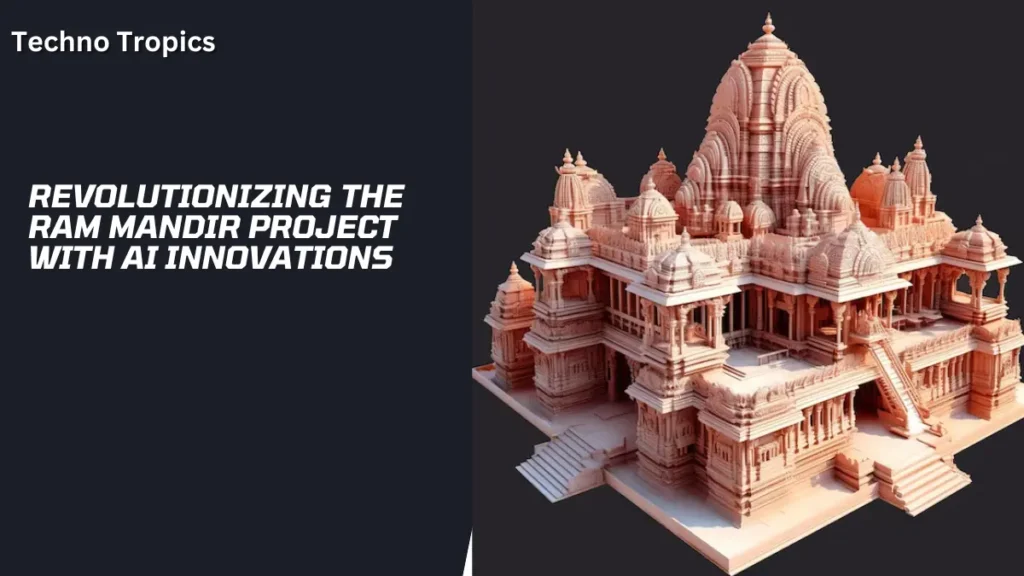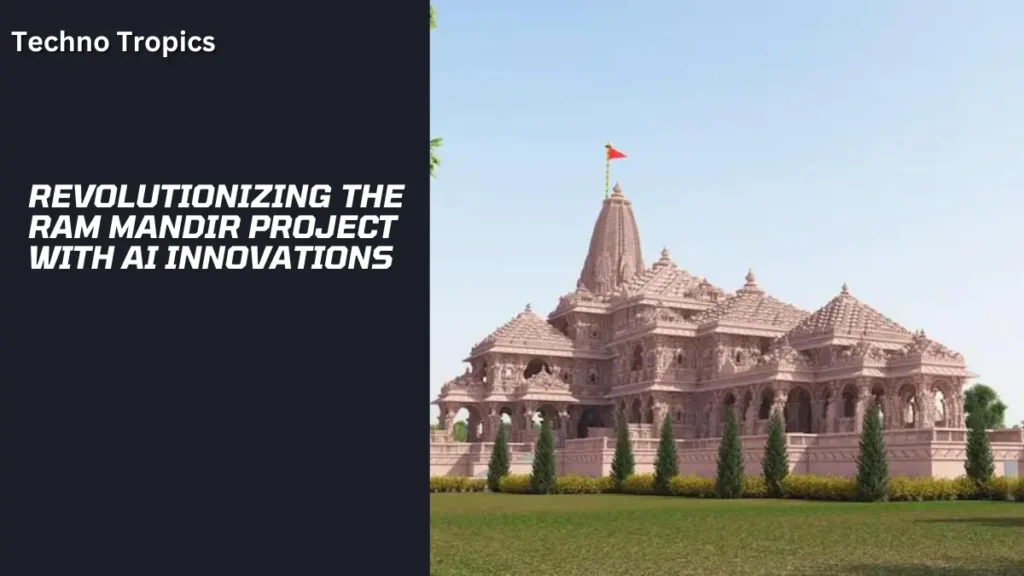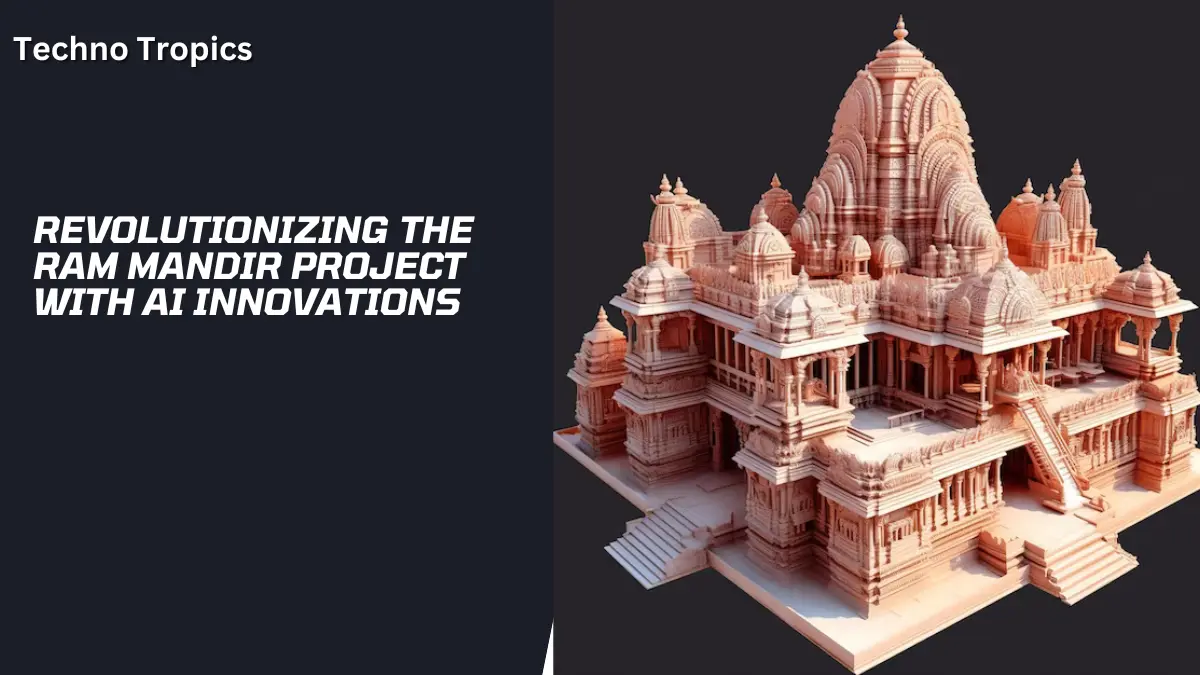The revered and historic Ram Mandir project in Ayodhya aims to build a magnificent temple for the most venerated Hindu deity, Lord Ram.
The project is expected to bring millions of pilgrims and visitors from all over the world because of the temple’s magnificence and sanctity.
The Ram Mandir Project uses the best AI technology available to showcase significant advancements in AI.

Artificial intelligence is being creatively applied to revolutionize conventional building procedures.
However, the massive influx of tourists presents a number of challenges for the management and security of the temple and its environs.
To overcome these difficulties, the authorities have opted to employ state-of-the-art applications of artificial intelligence (AI) technology.
These technological advancements will enhance visitor convenience and safety as well as the heritage site’s marketing and preservation. The Ram Mandir project will utilize AI technology for the following purposes:
AI surveillance is a system that uses advanced algorithms and machine learning to analyze video streams and search for patterns, anomalies, and threats.
According to a senior police officer, the AI surveillance pilot project is anticipated to be launched for Ayodhya and, should it demonstrate viability, integrated into the security and monitoring drill.
AI surveillance can be utilized to identify any potential security breach on the temple grounds, including scheduled group gatherings, suspicious activities, and recurrent visits.
An automated security alert would be set off, allowing security services to react swiftly.
AI technology is being used in the Ram Mandir project to manage crowds.
The Department of Telecommunications uses artificial intelligence (AI) and machine learning for predictive analysis based on expected attendance to determine mobile site requirements and available technologies.

Security alerts are automatically set off by patterns that the AI monitoring system detects on the grounds of the temple. This enhances security as well as crowd control.
Artificial intelligence (AI) is used in the Ram Mandir project to regulate traffic. The Department of Telecommunications (DoT) uses artificial intelligence (AI) for predictive analysis in order to manage the anticipated rise in visitor traffic.
There will be detours for traffic in and around Ayodhya to ensure smooth transit with little disturbance.
The locations of mobile towers are adjusted in response to crowd movement. A control center keeps an eye on all communications in and around Ayodhya.
The AI surveillance technology makes it easier to spot trends on the temple property, including consistent attendance.
A security alert would go off right away, allowing security professionals to look into it more.
This aids in crowd control as well as promoting security. Ayodhya will also have traffic diversions in place to ensure minimal interruption and effective traffic movement.
The Ram Mandir project’s use of AI technology is a wonderful example of how technology can enhance visitor safety and experience while simultaneously preserving and protecting the temple.
Thus, the project provides evidence of both the potential advantages of artificial intelligence for society and culture, as well as the coexistence of innovation and tradition.
Disclaimer: This article is based on internet news and many articles.



